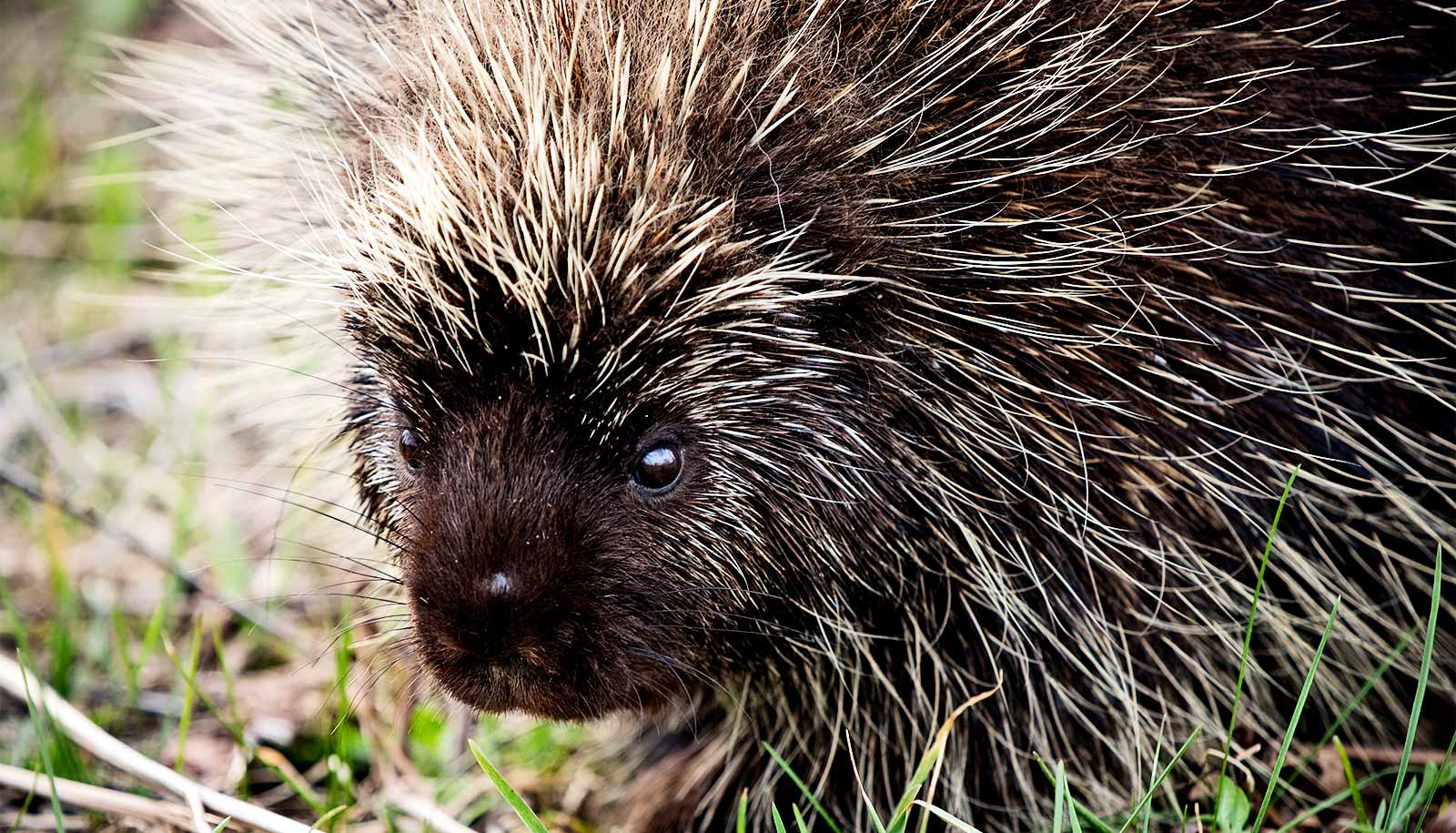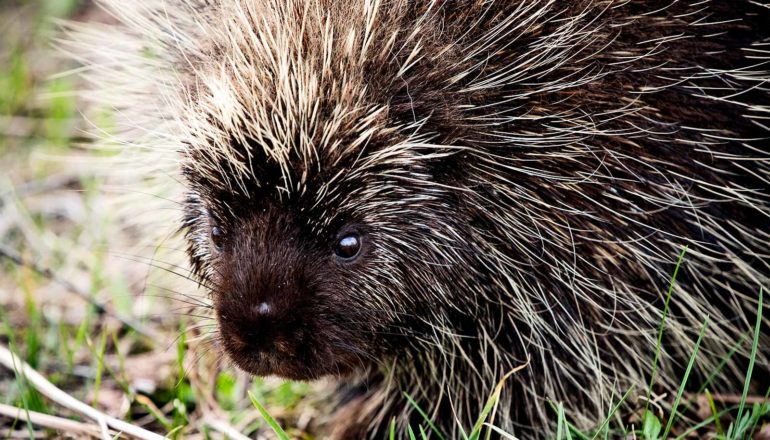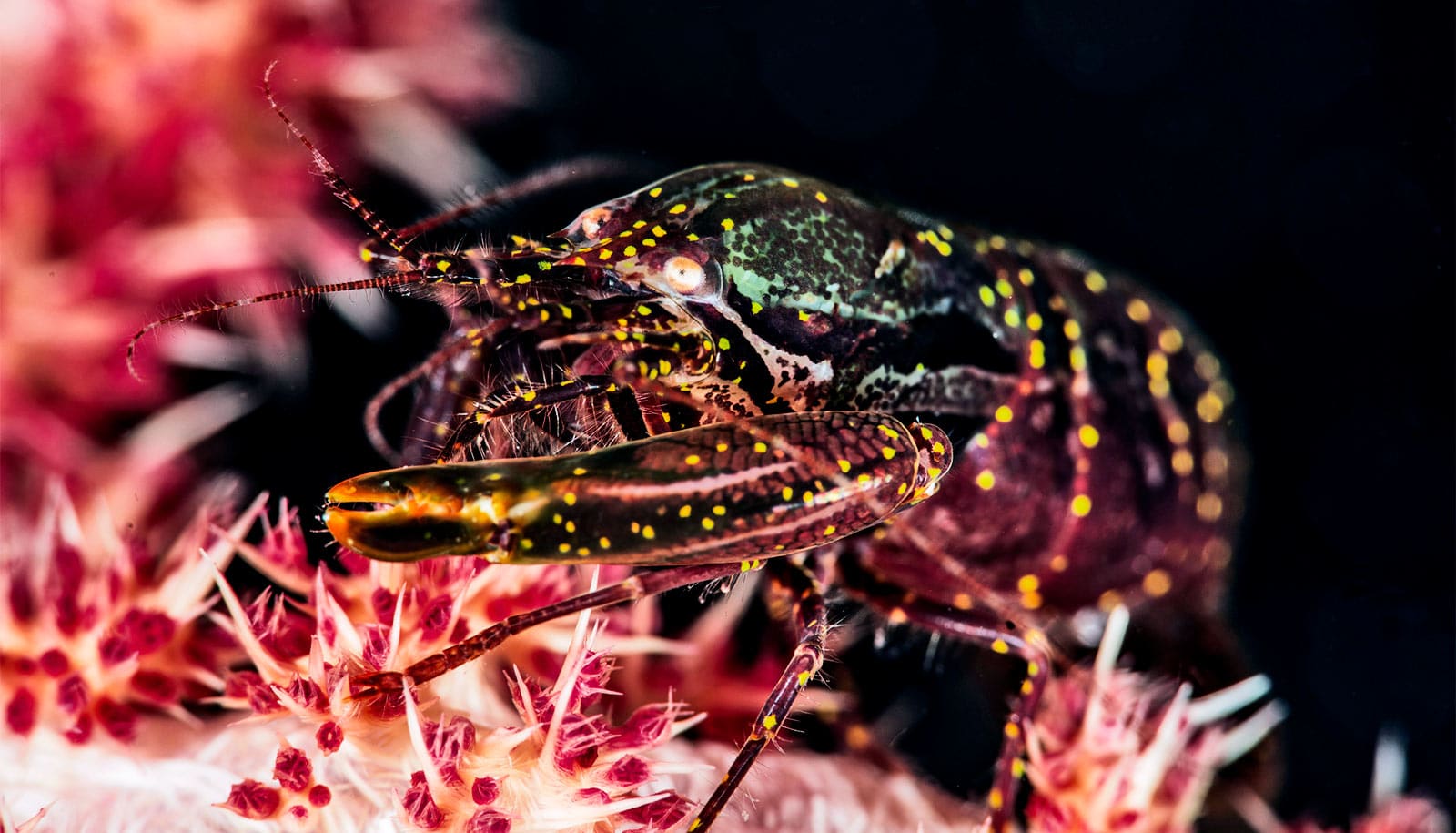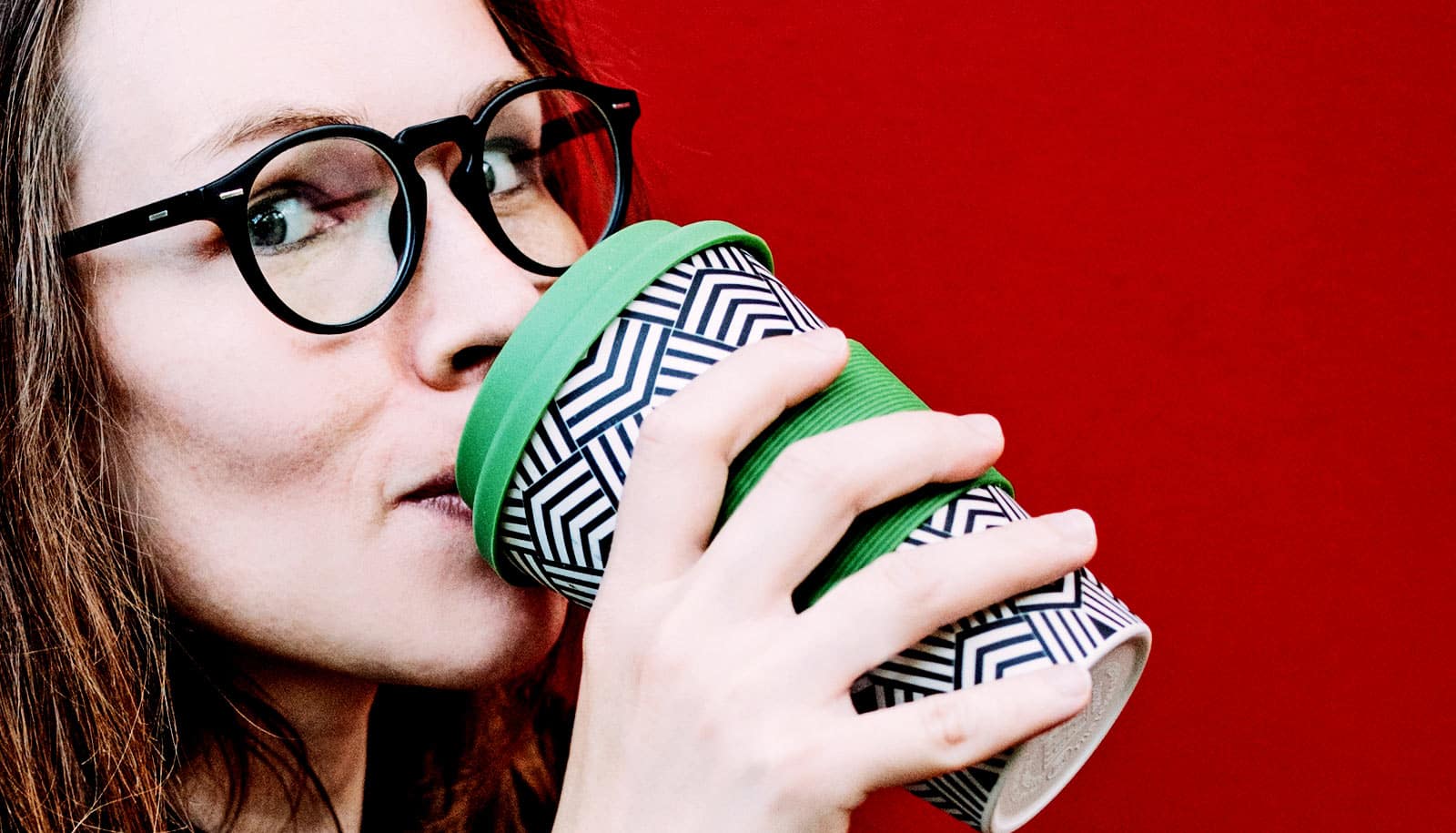
Researchers found inspiration in the microhooks of parasites, barbed stingers of honeybees, and scaled quills of porcupines to create 4D-microneedle arrays that could end the need for painful hypodermic needles.(Credit: Getty Images )
Porcupines inspire tiny needles that could replace shots
Tiny 4D-printed microneedles that mimic parasites and porcupines could one day mean the end of painful hypodermic needles.

New 4D printed microneedles could one day eliminate the need for painful hypodermic needles to deliver shots, inject drugs, and get blood samples, researchers report.
While 3D printing builds objects layer by layer, 4D goes further with smart materials programmed to change shape after printing. Time is the fourth dimension that allows materials to morph into new shapes.
“We think our 4D-printed microneedle array will allow for more robust and sustained use of minimally invasive, pain-free, and easy-to-use microneedles for delivering drugs, healing wounds, biosensing, and other soft tissue applications,” says senior author Howon Lee, an assistant professor in the mechanical and aerospace engineering department in the School of Engineering at Rutgers University-New Brunswick.

Hypodermic needles are widely used in hospitals and labs to extract blood and inject drugs, causing pain, scarring skin, and posing an infection risk. People with diabetes often take blood samples multiple times a day with needles to monitor blood sugar levels.
Microneedles (miniaturized needles) are gaining attention because they are short, thin, and minimally invasive, reduce pain and the risk of infection, and are easy-to-use. But their weak adhesion to tissues poses a major challenge for controlled drug delivery over the long run or for biosensing, which involves using a device to detect DNA, enzymes, antibodies, and other health indicators.
In nature, some insects and other organisms have developed microscopic features that adhere to tissue, such as the microhooks of parasites, barbed stingers of honeybees, and scaled quills of porcupines.
Inspired by these examples, engineers developed a microneedle that interlocks with tissue when inserted, enhancing adhesion. They combined a micro 3D-printing technique and a 4D-printing approach to create backward-facing barbs on a microneedle.
Using chicken muscle tissue as a model, the researchers showed that tissue adhesion with their microneedle is 18 times stronger than with a barbless microneedle. Their creation outperforms previously reported examples, resulting in more stable and robust drug delivery, collection of bio-fluids, and biosensing, the study says.
The paper appears in Advanced Materials. Additional co-lead authors include former Rutgers students Daehoon Han, now at the University of Minnesota, and Riddish S. Morde, now at the University of Pisa in Italy. The New Jersey Health Foundation and Italian Ministry of Education, University and Research funded the work.
Source: Rutgers University
The post Porcupines inspire tiny needles that could replace shots appeared first on Futurity.
Share this article:
This article uses material from the Futurity article, and is licenced under a CC BY-SA 4.0 International License. Images, videos and audio are available under their respective licenses.
Related Articles:
3D-printed shrimp claw makes plasma underwater
April 1, 2019 • futuritySquid skin inspires material that keeps stuff hot (or cool)
March 29, 2022 • futurityLinks/images:
- https://www.futurity.org/microneedle-patch-1471352/
- https://www.futurity.org/insulin-patch-beta-cells-diabetes-1120072-2/
- https://www.futurity.org/sustainable-adhesive-alternatives-2237352/
- https://doi.org/10.1002/adfm.201909197
- https://news.rutgers.edu/high-tech-printing-may-help-eliminate-painful-shots/20200130#.XjmzryNOmUl
- https://www.futurity.org/4d-printed-microneedles-2272152/
- https://www.futurity.org


